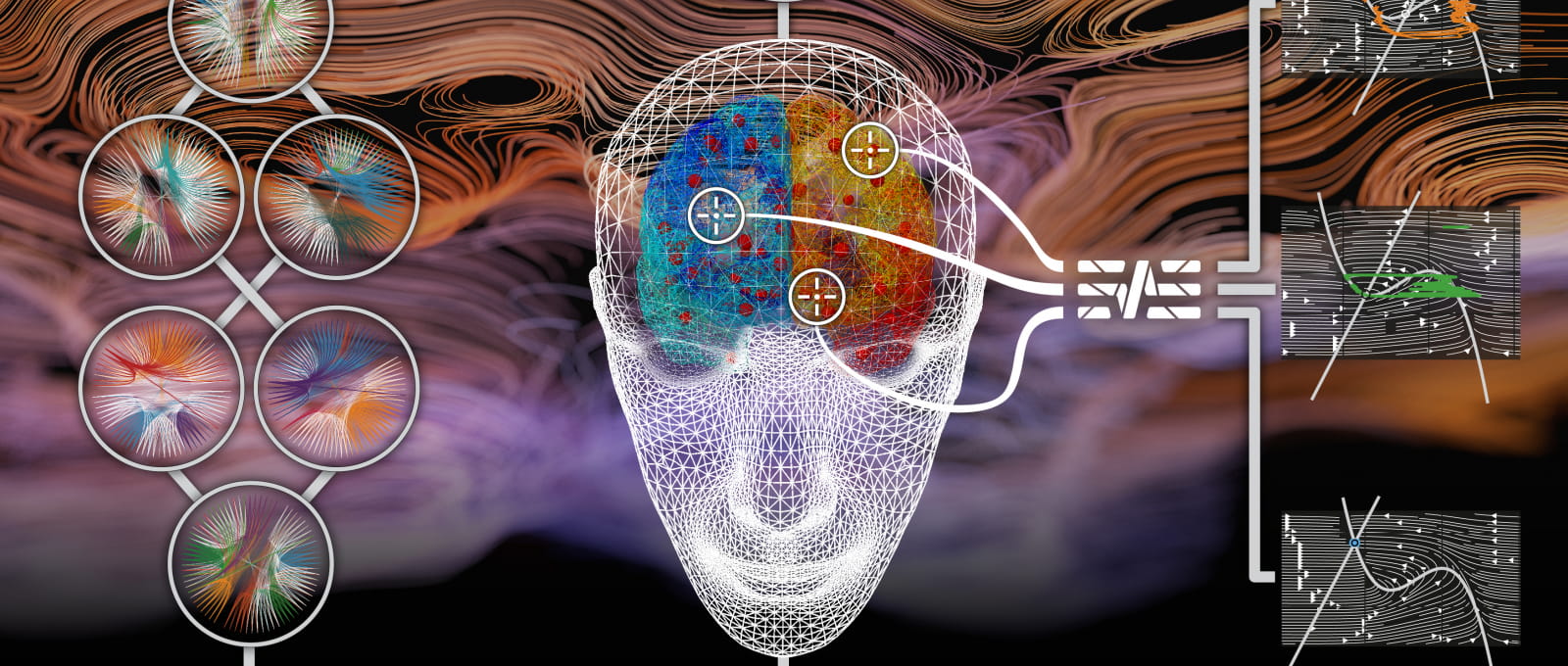Description de la soumission d'un avis

Institute Neurosciences des Systèmes

Presentation
The Institut de Neurosciences des Systèmes (INS, UMR1106) is a multidisciplinary research institute of Inserm and Aix-Marseille University located on La Timone
Campus in Marseille, France. INS members are comprised of academic faculty and clinicians of La Timone Hospital (APHM) institutions, as well as Inserm and CNRS researchers.
The research program at INS is focused on understanding the complex dynamics of the brain and altogether, we capitalize on our symbiotic proficiencies by integrating
experimental, theoretical and clinical approaches towards understanding brain function and dysfunction. INS houses a wide range of state-of-the-art facilities of brain research, which includes the MEG facility, TMS-EEG with a Brain Navigation system, various electrophysiology laboratories, an epileptic patient unit, and The Virtual Brain platform. INS researchers perform research across species ranging from the rodent to the human brain to uncover the mechanisms underlying the functioning of the healthy brain and its disorders, notably epilepsy as the paradigmatic dynamic brain disease.
Pictures from the INS laboratory


RESEARCH TEAMS
Researchers from the 4 NSI teams are conducting research on species ranging from rodents to the human brain to discover the mechanisms underlying healthy brain function and disorders, including epilepsy as a paradigmatic dynamic brain disease.
Theoretical Neuroscience Group ( TNG)
DescriptionFind out more, click on the following link: here
Physiology et Physiopathology of Neuronal Networks ( PhysioNet)
DescriptionFind out more, click on the following link: here
Christophe Bernard/Pascale Quilichini
Dynamical brain mapping of Pathophysiology of focal human epilepsies ( DynaMaP)
DescriptionFind out more, click on the following link: here
Christian Bénar
Dynamics of communication and auditory processes ( D-CAP)
DescriptionFind out more, click on the following link: here
Benjamin Morillon
Brain stimulation group ( NeuroStim)
DescriptionFind out more, click on the following link: here
Olivier David


